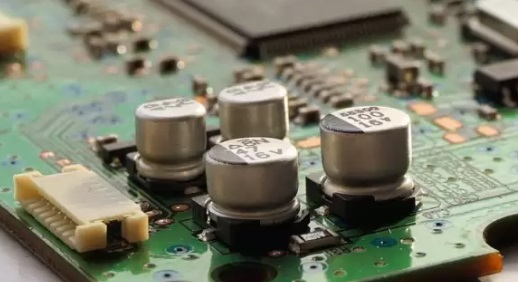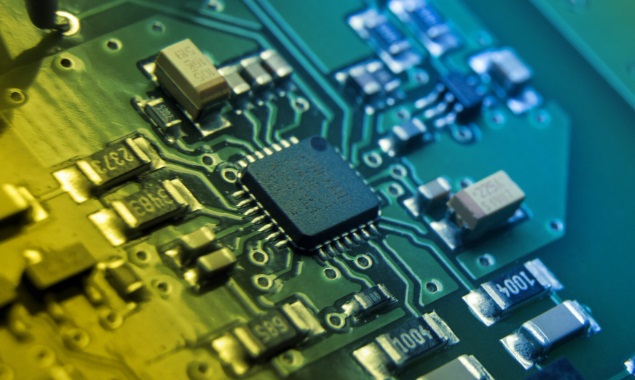What's the connection of smt pcba?
PCB circuit boards, also known as printed circuit boards, printed circuit boards, electronic products used to support the carrier of electronic components, there are fpc soft boards, soft and hard combination of boards and hard boards of the three main categories, a separate PCB bare board in electronic products does not play any role, need to be processed and assembled on a variety of electronic components in order to play the role of the electrical connection, and the processing method is SMT and DIP.

smt pcba
SMT refers to the patch assembly technology, the industry is generally known as SMT patch, is a PCB circuit board surface assembly circuit board process, because the assembled electronic components for the pinless sheet electronic components, so it is known as the surface mount technology, and DIP refers to the plug-in process, DIP plug-in process needs to be punched into the PCB circuit board, wait until plug-in when the electronic component pins inserted into the PCB circuit board. Electronic components of the pins into the PCB circuit board into a good hole, the two are PCB processing.
PCBA refers to the PCB circuit board through the SMT patch or DIP plug-in the entire process, or refers to the finished board has been assembled with electronic components, and in the industry is generally referred to as a one-stop from the PCB board to the device selection and then to the SMT patch or DIP plug-in, the finished product assembly and testing! Circuit board processing services.
PCB refers to the circuit board, SMT and DIP refers to the PCB processing technology, and in the PCB board for SMT patch or DIP plug-in the real process is known as PCBA, in addition, PCBA and PCB is the difference between a bare board, a finished board, SMT and DIP is the difference between one is the mounting process, a plug-in process. It can be said that SMT is a key link in the PCBA process. In the production process of PCBA, SMT technology is widely used to paste all kinds of electronic components onto the PCB to realize reliable connection between components and PCB. At the same time, PCBA also covers other assembly technologies, such as DIP inserts, to complete the assembly of the entire circuit board system.
In short, smt pcba play a pivotal role in modern electronics manufacturing. They cooperate with each other and jointly promote the development of electronic products in the direction of smaller, faster and more reliable.

smt pcba
At present, China's PCBA technology and SMT technology are in a more mature stage, and have a significant influence in the global context.
PCBA technology, China has formed a complete industrial chain, covering all aspects from design, manufacturing to testing and assembly. With the improvement of automation and intelligence, PCBA production efficiency and quality have been significantly improved. At the same time, domestic enterprises have also made important breakthroughs in key technology areas such as high precision and high reliability, providing strong support for the miniaturization, lightweight and high performance of electronic products.
In terms of SMT technology, China is one of the largest SMT markets in the world, with huge SMT equipment production lines and a wide range of application scenarios. Domestic enterprises have already possessed strong strength in the R&D and production of SMT equipment, and have launched a variety of SMT equipment with excellent performance to meet the needs of different fields. At the same time, with the rapid development of 5G, IoT and other technologies, SMT technology in terms of high precision, high speed, high reliability and other aspects of the requirements are also increasingly high, Chinese enterprises in these areas have also carried out a lot of R & D and innovation.
In general, China's smt pcba technology are both progressing and developing, making important contributions to the prosperity and development of the electronics manufacturing industry. In the future, with the continuous progress of science and technology and changing market demand, these two technologies will continue to innovate and improve, injecting new impetus for the sustainable development of the electronics industry.